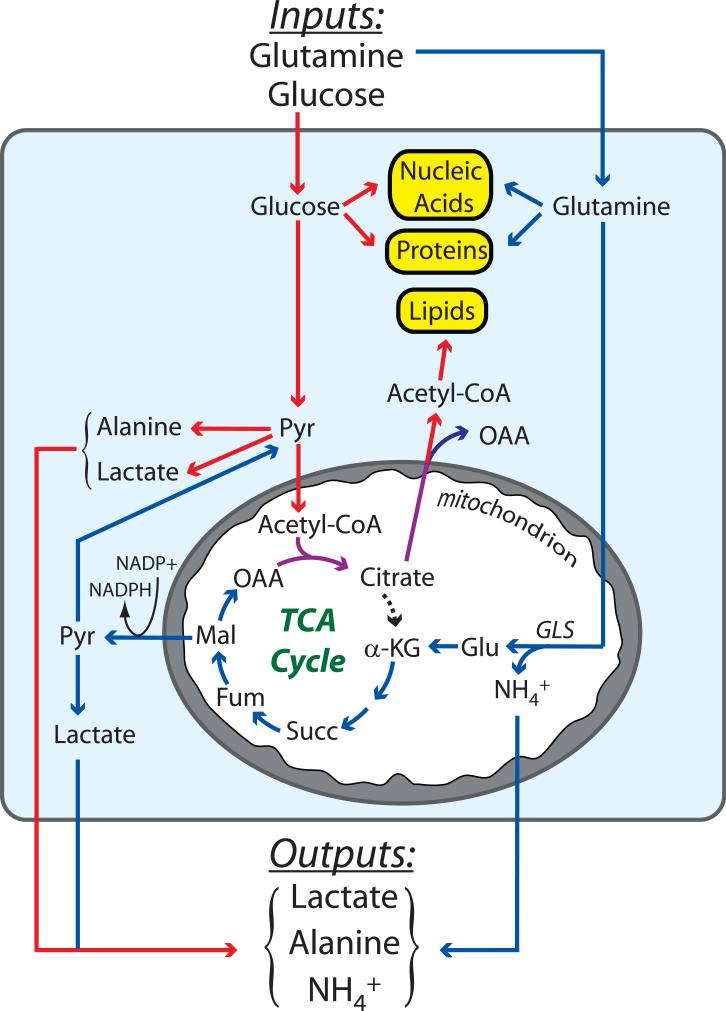Figure 2. Cooperativity between glucose and glutamine metabolism in growing tumors.
The major nutrients consumed by tumors are glutamine and glucose, which provide precursors for nucleic acids, proteins and lipids, the three classes of macromolecules needed to produce daughter cells. The metabolism of glutamine (blue arrows) and glucose (red arrows) are complementary, converging on the production of citrate (purple arrows). Glutamine metabolism produces oxaloacetate (OAA) and NADPH, both of which are required to convert glucose carbon into macromolecules. Glutamine metabolism also supplements the pyruvate pool, which is predominantly formed from glucose. As a consequence of the rapid metabolism of these two nutrients, lactate, alanine and NH4+ are secreted by the tumor. Abbreviations: GLS, glutaminase; Glu, glutamate; α-KG, α-ketoglutarate; Succ, succinate; Fum, fumarate; Mal, malate; Pyr, pyruvate; Lac, lactate; TCA, tricarboxylic acid.

